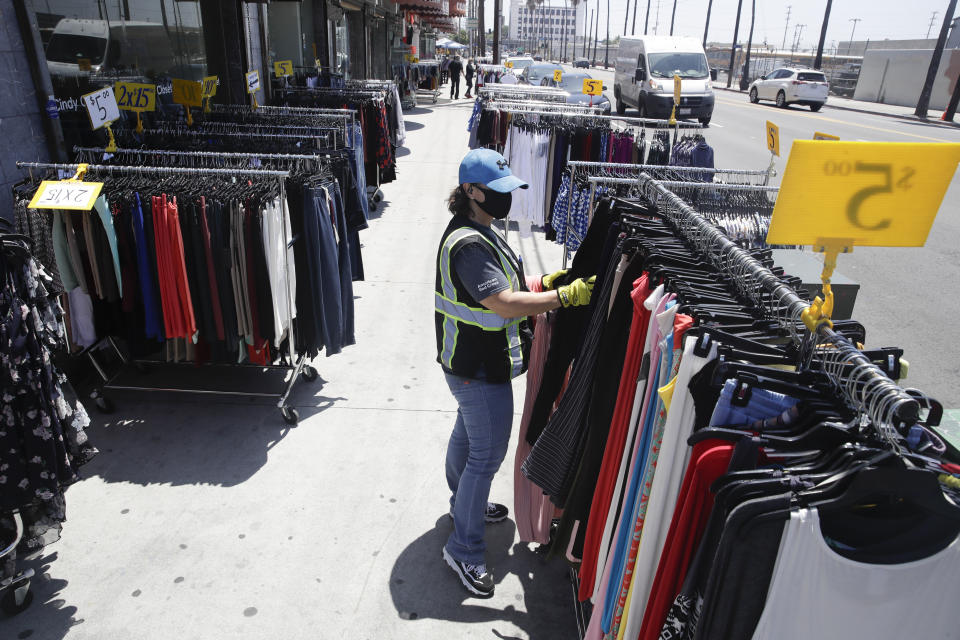Nearly 40% of the economy may vanish in Q2 because of COVID-19, but then do something surprising
The S&P 500 has crossed the 3,000 level again and investors are clearly riding high on hope for a second half economic recovery post the worst of COVID-19.
But that doesn’t mean the market is immune to a pullback this summer primarily because the economic data will likely continue to be horrible. Remember bulls, the U.S. economy has been kicked in the face by the pandemic, and a rebound won’t happen overnight simply because states are reopening. Corporate sales and profits remain under severe strain, sending many off to explore bankruptcy or cut thousands of workers even with quarantines being lifted.
“We think that the reported unemployment rate may be around as high as 20% in May,” Barclays chief U.S. economist Michael Gapen warned on Yahoo Finance’s The First Trade. The unemployment rate in April increased by 10.3 percentage points to 14.7%.
Gapen believes the U.S. economy may contract a whopping 40% annualized in the second quarter, then surprisingly grow by 25% in the third quarter and 8% in the fourth quarter.
Part of Gapen’s cautiousness on the economy in the second quarter stems from his outlook on the consumer, which comprises two-thirds of the U.S. economy as is often cited.

“I think when we move into the third quarter, the savings rate will start coming down. All else equal, we are expecting the consumer to remain cautious. I think you will see a blend. Some return to normalcy, but it will take time,” Gapen explains. “Negative wealth is still at play. Equity markets are doing well, but the average household may not feel that. And I think that there will be caution and a preference for saving.”
To be sure, recent economic data warrants the markets taking a short-term breather.
Another 2.123 million Americans filed for unemployment benefits in the week ending May 23. Over the past 10 weeks, more than 40 million Americans have filed for unemployment insurance. U.S. durable goods orders tanked 17.2% in April, U.S. Commerce Department data showed Thursday. Durable goods dropped 16.6% in March.
Pending home sales in April fell 33.8% year over year, the National Association of Realtors said Thursday. That marked the biggest decline since January 2001.
“I think the market has priced in that April is probably the worst of the economic data,” explained Sevens Report Research founder Tom Essaye. “While it looks like the worst is behind us — which is great — we need to start to see more improvement.”
Brian Sozzi is an editor-at-large and co-anchor of The First Trade at Yahoo Finance. Follow Sozzi on Twitter @BrianSozzi and on LinkedIn.
Read the latest financial and business news from Yahoo Finance
Levi's reports solid quarterly earnings, CEO says jeans maker will come out of coronavirus stronger
Yum! Brands CEO on how his 50,000 restaurants are doing amidst the coronavirus pandemic
Grubhub founder: our sign-ups are surging during the coronavirus
HP CEO: here’s how we are helping coronavirus relief efforts
Follow Yahoo Finance on Twitter, Facebook, Instagram, Flipboard, SmartNews, LinkedIn, YouTube, and reddit.

